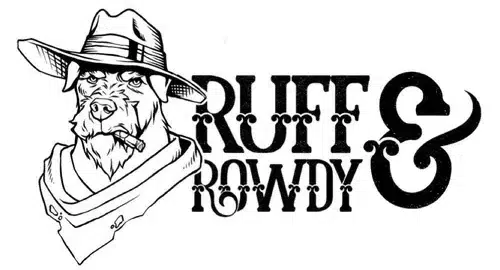Predatory Fetch is a response to the predator sequence, a set of behaviors exhibited by predators during hunting, can be intriguingly observed in the seemingly simple game of fetch when played with dogs. While the primal instincts associated with the predator sequence are deeply rooted in a dog’s ancestry, the act of fetching a thrown object brings forth a fascinating blend of instinct, play, and companionship.
The initial stage of the predator sequence involves orienting to the target. In a game of fetch, this corresponds to the moment when the dog spots the thrown object. Dogs, with their acute senses, are quick to detect the trajectory and location of the thrown item. This stage is marked by a heightened focus and alertness as the dog zeroes in on its target, reminiscent of the way a predator locks onto its prey. As the dog’s attention is captured, the next phase, eyeing, begins. The dog fixes its gaze on the object, calculating the distance and preparing for action. This stage mirrors the predatory behavior of wolves or wild canids, where a focused stare is crucial for assessing the target’s movement and planning the next move.
In the context of fetch, this behavior is evident as the dog stares intently at the thrown object, anticipating the chase. The subsequent stages of the predator sequence align with the classic game of fetch, showcasing the dog’s predatory instincts in a controlled and playful manner. Stalking comes into play as the dog crouches or creeps toward the object, preparing to initiate the chase. The chase itself is a dynamic display of the pursuit phase, with the dog sprinting after the thrown item, reminiscent of a predator pursuing its prey.
Upon reaching the object, the dog transitions into the grabbing and biting stages. In the wild, this would involve capturing and securing the prey. In the fetch scenario, it translates into the dog seizing the tossed item with its mouth. The tactile experience of grabbing and biting provides a satisfying outlet for the dog’s predatory instincts, transforming a basic game into a fulfilling activity that taps into its natural behaviors.
The killing bite, a phase in the predator sequence where the predator immobilizes its prey, finds a playful counterpart in the way dogs sometimes vigorously shake or chew the fetched item. This behavior is not rooted in aggression but rather represents an instinctive response to ensure control over the captured “prey.” Owners often witness this as dogs joyfully shake a toy, a nod to their predatory lineage.
Even the consummation stage, where the predator consumes its kill, can be observed when a dog returns with the fetched item. In this case, “consumption” involves the dog holding the object, often waiting for the owner to initiate the next throw. This cyclical pattern mirrors the repetitive nature of the predator sequence in the wild, reinforcing skills that are hardwired into a dog’s genetic makeup.
Beyond the primal connections, a game of fetch serves additional purposes. It enhances the bond between dogs and their owners, providing an opportunity for shared activity and positive reinforcement. Fetch also contributes to physical exercise and mental stimulation, crucial components of a dog’s overall well-being.
In conclusion, the seemingly straightforward game of fetch becomes a fascinating exploration of the predator sequence in action. Dogs, descendants of hunters, express their inherent instincts through the stages of orienting, eyeing, stalking, chasing, grabbing, biting, killing bite, and a playful form of consummation. Understanding this connection adds depth to the interaction, enriching the relationship between humans and their canine companions.
